The start of a new year means websites and magazines are awash with the latest big thing, and now that tweakments have skyrocketed, aesthetic medicine isn’t immune.
But cosmetic interventions shouldn’t be driven by ‘trends’ – no one should be considering changing their face or body depending on what’s currently attractive or socially desirable. So instead, here’s our inside take on the technologies, treatments and devices that are genuinely new and scientifically-exciting in the field of aesthetic medicine – not because you should rush out and spend all your money, but because we always want you to be informed and educated on what’s going on in the weird and wonderful world of tweakments.
1. AviClear acne-clearing laser
As anyone who has dealt with acne knows, it often takes a lot of trial and error with skincare products, lifestyle changes and tweaks to aspects of your internal health to eventually – hopefully – see an improvement that lasts. Medical aesthetics has always been fairly limited in terms of being able to offer a reliable, predictable solution for treating acne – there are peels and manual exfoliating treatments that can help in some cases, but not much else. This is why many doctors offer a Roaccutane (Isotretinoin) prescription pretty early on – it’s the only thing that has a high success rate, but the side effects can be severe, and not everyone wants to take medication.
This is why AviClear, from US laser devices manufacturer Cutera, is so exciting. It’s the first and only energy device with FDA clearance to treat mild to severe acne, and it has the potential to vastly improve acne treatment options. AviClear uses a wavelength that selectively targets sebum production in the sebaceous glands to kill off acne at the source. And because this unique wavelength (1726nm) is only absorbed by the sebaceous glands – i.e., not by pigment in the skin, as with pigmentation-clearing lasers – it’s completely safe for all skin tones.
The treatment protocol is three 30-minute sessions spaced over three months, and there’s no downtime. AviClear hasn’t fully rolled out in the UK yet, but Dr Tapan Patel is offering it at his London-based clinic.
2. Polynucleotides
We’ve all come to know and love injectable moisturisers (also referred to as skin boosters) like Profhilo for their skin-smoothing and restoring abilities, thanks to that deep dose of hydration and extra boost to collagen and elastin production. So, get ready for the next phase of skin boosters – polynucleotides. While some skin boosters contain extra beneficial ingredients like vitamins, minerals and amino acids, polynucleotides bring antioxidant and fibroblast stimulation into the mix alongside hydration and are getting a lot of practitioners excited.
‘A polynucleotide is a chain of nucleotides which are the basic structures of nucleic acid in DNA,’ explains Dr Sarah Tonks, who uses polynucleotide injectable Nucleofill in her clinic. The reason they have so much potential in aesthetics is because these chains, which naturally occur in the body, make regenerative cellular changes – just think what that could mean for skin. ‘Until Nucleofill came around there were only hyaluronic acid-based skin improvers aside from [collagen-stimulating fillers], which need a lot more technical finesse to avoid lumps and bumps,’ says Dr Tonks. ‘Some people want an alternative to HA, or they want to push their skin optimisation to the max… and this is very straightforward to administer.’
Speaking of HA alternatives, polynucleotides are likely to prove very beneficial for treating the under-eye region, as options for concerns like hollow or sunken-looking eyes and under-eye wrinkles have pretty much been limited to HA filler, which isn’t suited to many patients. Polynucleotides on the other hand may be better suited for many because these injectables can treat multiple causes of under-eye concerns, working to deeply hydrate, firm and tighten the skin, improve microcirculation, and smooth lines and wrinkles. Nucelofill’s Soft Eyes product is a firm favourite for Dr Tonks for this reason: ‘I now mainly use Nucleofill Soft Eyes for the under-eye region, as I find it works really well here. Patients who have tried [HA fillers] before that left them puffy often respond better to polynucleotides.’
3. HArmonyCa hybrid filler
Without a doubt, one of the biggest launches in aesthetics of recent years is HArmonyCa – a dual effect, hybrid dermal filler that has created a completely new category in injectables. It blends two ingredients – hyaluronic acid, the main component of traditional dermal fillers, and calcium hydroxiapatite – to give both an immediate effect and a slow-release, long-lasting lift to the face that continues to improve over 9 months. Manufactured by pharmaceutical giant Allergan Aesthetics, there was a huge amount of buzz around HArmonyCa among industry insiders at the start of last year, but because medical devices have to go through rigorous testing and trials, 2023 will be the year that HAmonyCa really gets underway.
Dr Manav Bawa was one of the first UK practitioners to start working with the product, and now, with 9 months’ experience with it under his belt, he says the results are ‘excellent’. ‘It is a fantastic addition to my treatment selection. Many patients seek help with lifting and tightening, and there is only so much we can do with dermal filler and other devices, which is where HArmonyCA comes in,’ he says. ‘It sits in that area where the skin is crepey and needs tightening, especially around the cheek area – the most common comment is the improvement in the texture of patients’ skin.’ Dr Bawa says it’s also perfect for lifting and tightening the jowls, marionette lines, the jawline and smile lines ‘that are notoriously difficult to improve’.
HArmonyCA is in a part what we call a bio-stimulator, in that the calcium hydroxyapatite has a collagen-stimulating function under the skin. Other bio-stimulator fillers exist, but Dr Manav explains what makes this one different: ‘The difference with this product and many others, is that the initial lifted result remains, whereas some other products on the market can lose that initial lift prior to the collagen production.’
4. Sofwave for cellulite
You may already be familiar with ultrasound device Sofwave – already popular among practitioners since its recent launch for its impressive and long-lasting skin lifting and tightening abilities that help to re-contour the face, but the device now has another use – tackling cellulite. Sofwave has secured FDA clearance for short-term improvement in cellulite appearance, backed by the results of a trial in the US in which ‘blinded’ reviewers correctly identified the post-treatment side of 68 women who were treated on one side of their upper thighs or buttocks.
Cellulite is often caused by skin laxity coupled with poor collagen support under the surface, and is notoriously hard to treat. Sofwave’s special synchronous ultrasound parallel beam technology (SUPERB) targets and thickens the dermal layer while stimulating collagen formation to reduce the appearance of cellulite on the surface and simultaneously increase the underlying support – much like how it works on the face.
This new indication for Sofwave means it might become much easier to achieve significant improvements in its appearance on the thighs and buttocks, albeit in the short term. Just how long those improvements are likely to last is still being investigated by researchers on the study, but more details are expected to be released by the brand in the coming months.
5. Exosomes
Expect to hear a lot about exosome therapy this year. It’s one of the latest (along with polynucleotides) aesthetic treatments to derive from the incredibly interesting and cutting-edge field of regenerative medicine and has massive potential applications and benefits. An exosome is a sac-like structure that forms inside a cell and contains some of the cell’s proteins, growth factors, DNA and RNA (ribonucleic acid). They also act as signallers, transmitting information from one cell to another. In dermatology, exosomes have been used for various treatments for their roles in wound healing, cell migration and extracellular matrix reconstruction (all good things for the skin).
It’s widely thought by scientists in this area and top regenerative medicine and aesthetic doctors, that exosomes can improve just about anything relating to the health and quality of the skin, and not just limited to the face – there’s potential for treating hair loss and thinning via application to the scalp, too.
The difficulty with exosomes is that the type that are showing the most interesting results are derived from human cells, and research on these is not permitted in the UK, Europe or the USA. That hasn’t stopped some UK practitioners from sourcing human-cell-derived exosomes from other markets and using them in clinic. As TTG understands it, it’s not against the law to apply these topically to the skin, but if they’re being needled into the skin using microneedling or mesotherapy devices, well, it’s a bit of a grey area.
Meanwhile, exosomes from animal-cells and some plants are available here and some have found their way into face creams which promise amazing results. Alice has got her hands on one of these and is trying it, and we’ll bring you the results in a few months’ time, and we’ll update on the whole topic in due course.
The Tweakments Guide Takeaway
An acne-busting laser... an ultrasound device to improve cellulite... polynucleotide skin boosters... a hybrid filler that provides soft volume and improves skin quality... and intra-cellular 'messenger vesicles' derived from stem cells that repair the skin... These are new products and procedures that have really piqued our interest here at TTG. They may sound like science fiction, but we promise you, you'll be hearing a lot more about all of these this year.
Related Stories
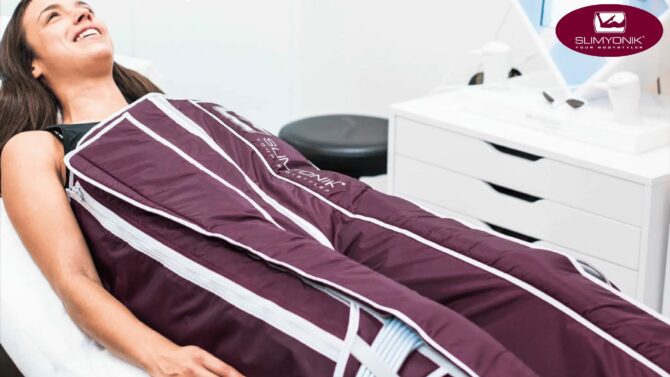
Body contouring
Would You Try This Inflatable Suit To Tone Your Body?
We’ve always been told that lying back and relaxing won’t do a thing to transform our bodies...

Concerns
The Tweakment Ladder: How To Take Your First Steps In Tweaks
Given the huge number of tweakments available, it’s increasingly hard to work out where you should...
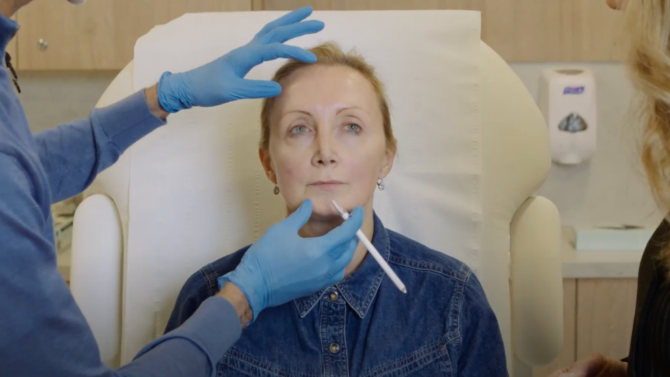
Tweakments
Less Is More – How To ‘Press Pause’ On Ageing With Natural-Looking Filler
Can we really ‘press pause on ageing’ using dermal filler? Alice visited globally-renowned...
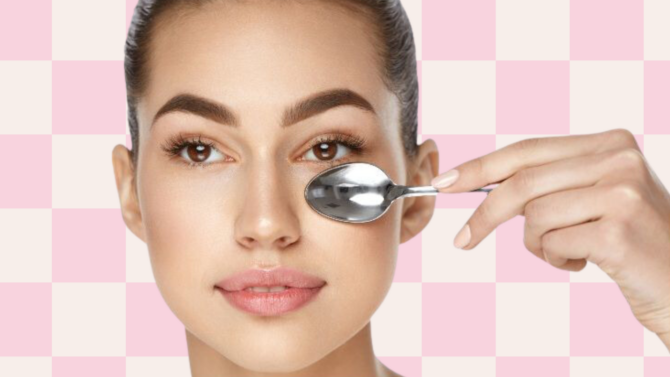
Tweakments
Three Free Tweaks
After my recent story about The £1000 face, I thought I’d better tone it down a bit and write...

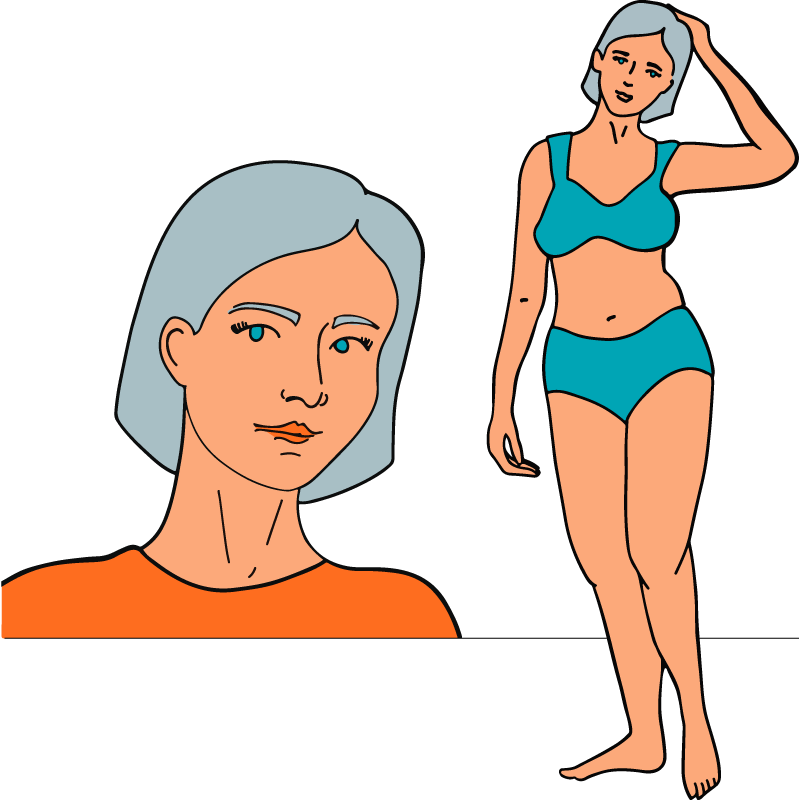

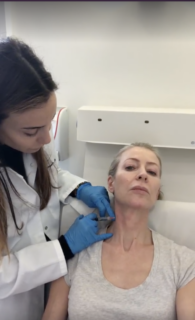
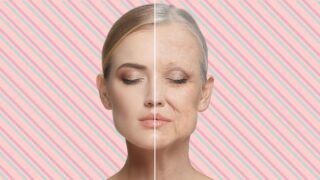


 The Tweakments Chatbot
The Tweakments Chatbot